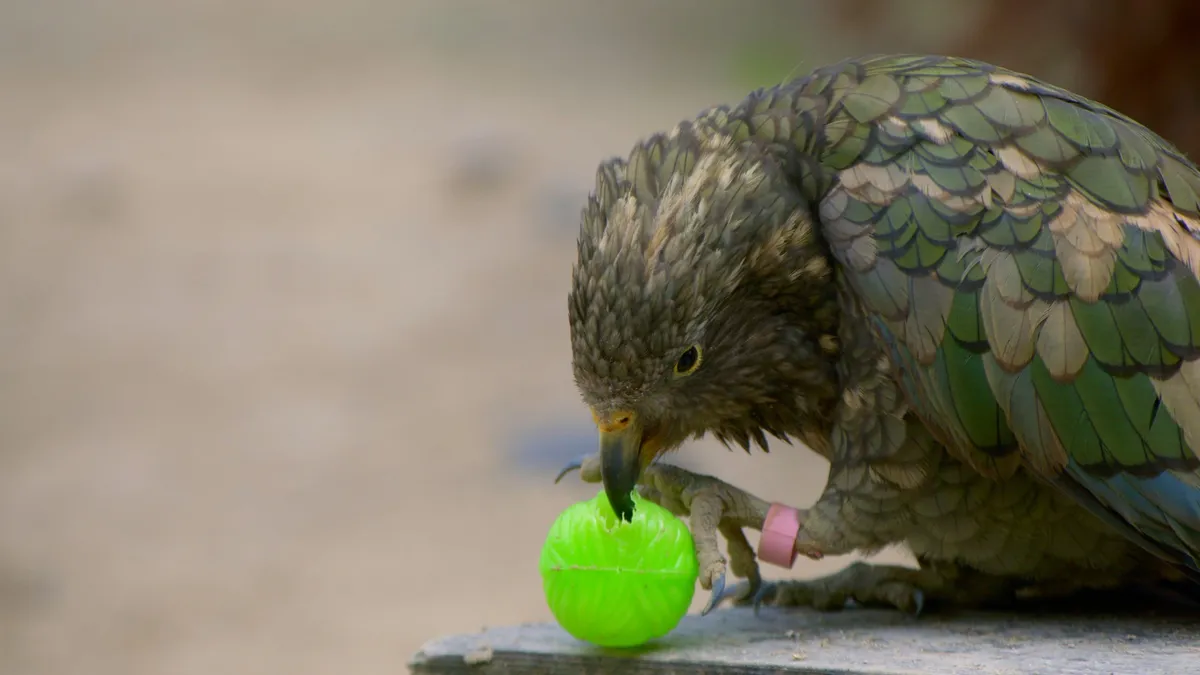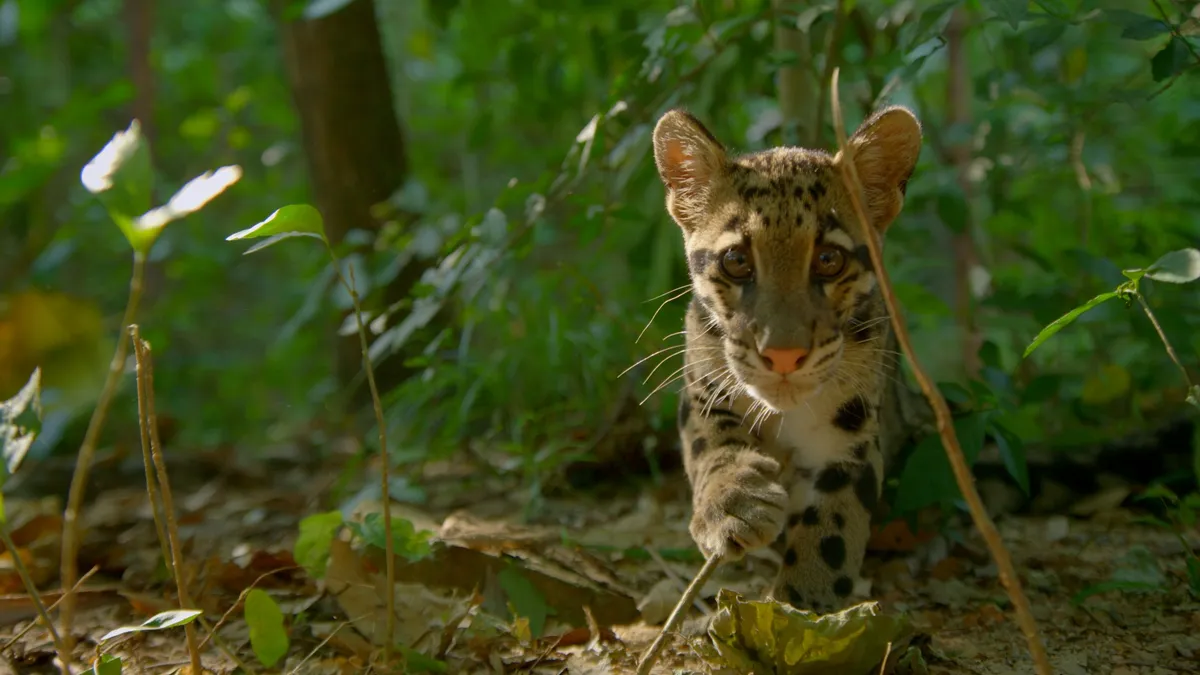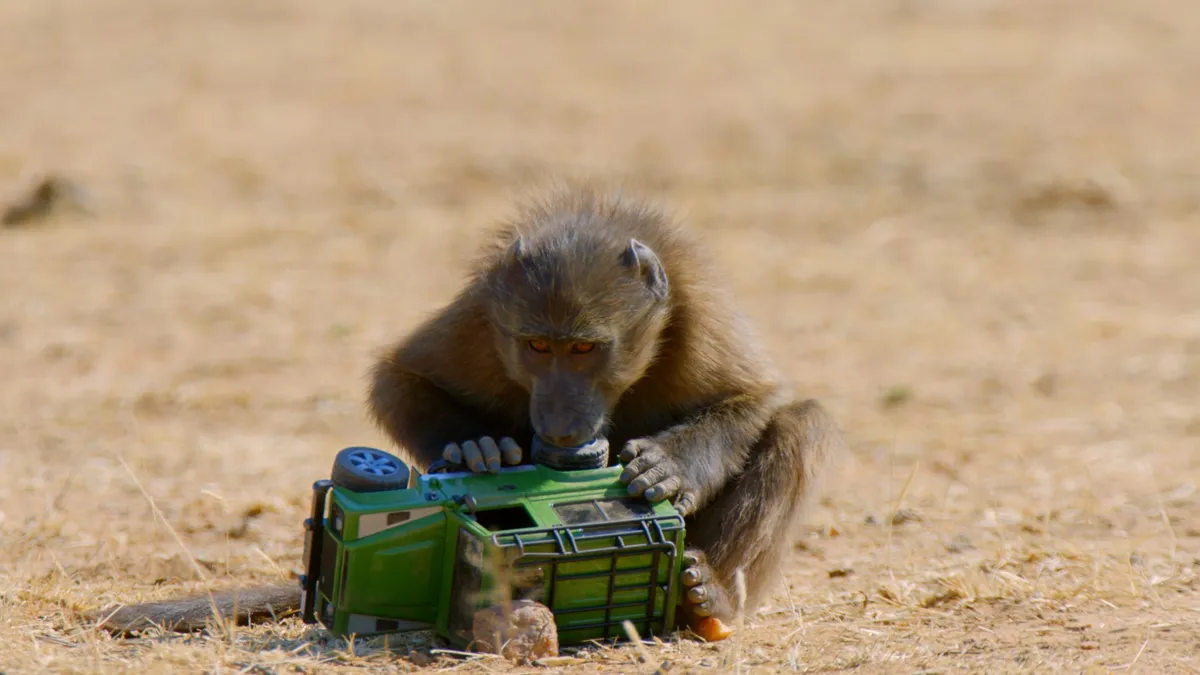When is Animals at Play on TV?
The first instalment, The Power of Play, airs on Sunday 28 July on BBC Two at 8pm, with the second part, Playing Together, airing the following Sunday.
Who narrates it?
Wildlife film-maker and presenter Gordon Buchanan narrates the documentary. Gordon is no stranger to the world of wildlife documentaries, having presented a number of them in the past, including Tribes, Predators & Me, Gorilla Family & Me, Polar Bear Town, and Animals with Cameras, amongst others.

What is it about?
Though it is a well-known fact that many different species of animals play when they are in their infancy, there has been little scientific research into this behaviour.

Now, new research is shedding more light on this seemingly light-hearted behaviour, revealing that there’s a lot more to it than simply having fun.
The documentary looks at animals across four continents, showing a wide range of species, each playing their own type of game – be it chase, catch, jump, or tug and tag. Interviews with leading zoologists and field researchers provide fascinating insights into what is really going on when animals play, and why it might be crucial to their very survival as they grow into adulthood.
But even though their play has a serious purpose behind it, it’s hard to keep from smiling or even laughing as footage of the young animals as the action unfolds.
What can I expect from each instalment?
Viewers might be surprised to learn that mammals aren’t the only creatures who play: they are joined by birds, and even reptiles. In the first episode, this is demonstrated by a Komodo dragon who balances objects such as bags and buckets on its head.

The Power of Play also asks why clouded leopard cubs repeatedly play the same games of chase, and why baby gibbons deliberately fall from trees. Can they really be benefitting from this risky game?
In part two, Playing Together, focus is on how play with others provides youngsters with the skills they need to live in social groups, work in teams, and even learn how to care for their young.
There are also more eye-opening revelations, including chacma baboons making gender-based toy preferences, with males opting for action toys, and females more likely to choose soft toys and dolls.